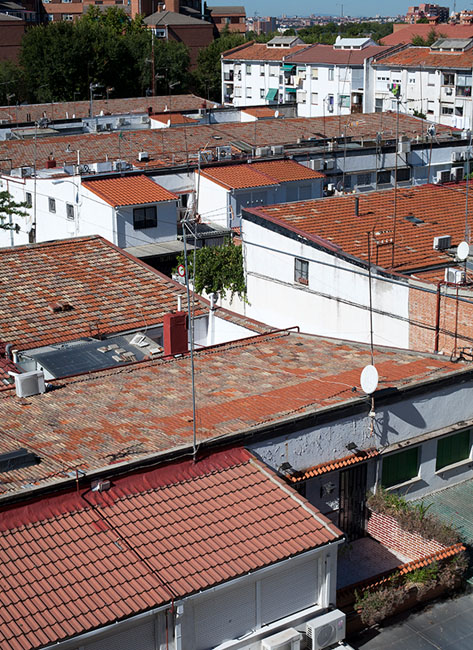Poblado Dirigido de Entrevías, Madrid (ES)
Francisco Javier Sáenz de Oiza, Manuel Sierra Nava & Jaime de Alvear Criado
Abstract
Towards the end of the 1950s, Spain, which was still recuperating from two wars – the Spanish Civil War and the Second World War – was faced with the reconstruction process as well as the planning and implementation of new urban developments. General Franco’s autocratic regime was forced to combine emergency measures to eradicate shantytowns born uncontrollably around cities, together with longterm development and extension plans of the urban fabric.
The ‘Poblados Dirigidos de Renta Limitada’ (settlements directed to limited incomes) were built as satellite nuclei around Madrid between 1956 and 1966, with the aim of providing accommodation for the massive flow of immigrants arriving from rural areas. The seven paradigmatic cases built in the Spanish capital were: Entrevías, Canillas, Fuencarral, Orcasitas, Caño Roto, Manoteras and Almendrales. They are a short-lived but stellar set of solutions to the housing problem based on modern principles of budgetary optimization and constructive rationality combined with urban quality.



